You may have noticed the ABS light flashing on and off when driving in bad weather conditions or on a rough surface. This is normal and is just your car responding to the road conditions. However, sometimes the ABS or traction control lights comes on when they’re not supposed to and for no apparent reason.
As a general rule, the ABS light can come on with no error codes if the ABS sensor wiring is loose if the tires are worn out or your car needs a wheel alignment, if one of the wheel bearings is bad or if one of the ABS sensors has an intermittent fault.
The easiest way to diagnose a problem with the ABS system in your car is to perform a diagnostic reading of error codes stored in the ECU. But what if there are no codes stored, how do you figure out what the problem is?
6 Reasons Why The ABS Light Comes On With No Codes
Sometimes the ABS system will activate when you don’t expect it to. This is often caused by a problem with parts that are not actually part of the ABS system itself. This means that an error code will problably not be triggered or stored in the ECU, making it more difficult to troubleshoot the problem.
Here are a few of the most common reasons that the ABS light comes on when it’s not supposed to.
1. Loose ABS Speed Sensor Wiring
Loose or damaged wiring is a very common reason for problems with the ABS system. Minor damage to the speed sensor can cause the ABS system to activate when it doesn’t need to and this can cause the ABS warning light to flash on but not register as a fault with the ECU.
The ABS and traction control systems on most cars consist of a central module to which four sensors (one at each wheel) are attached.
Each sensor is connected to the ABS system within each wheel arch, and run along the suspension to the back of the wheel hub where the tip of the sensor is attached.
The wiring that is situated behind each wheel is exposed to all types of weather along with any dirt and debris that is on the road. Constant exposure to water and then heat (from the brakes and weather) can take a toll on the speed sensors and wiring causing damage to the outer casing and to the sensor itself.
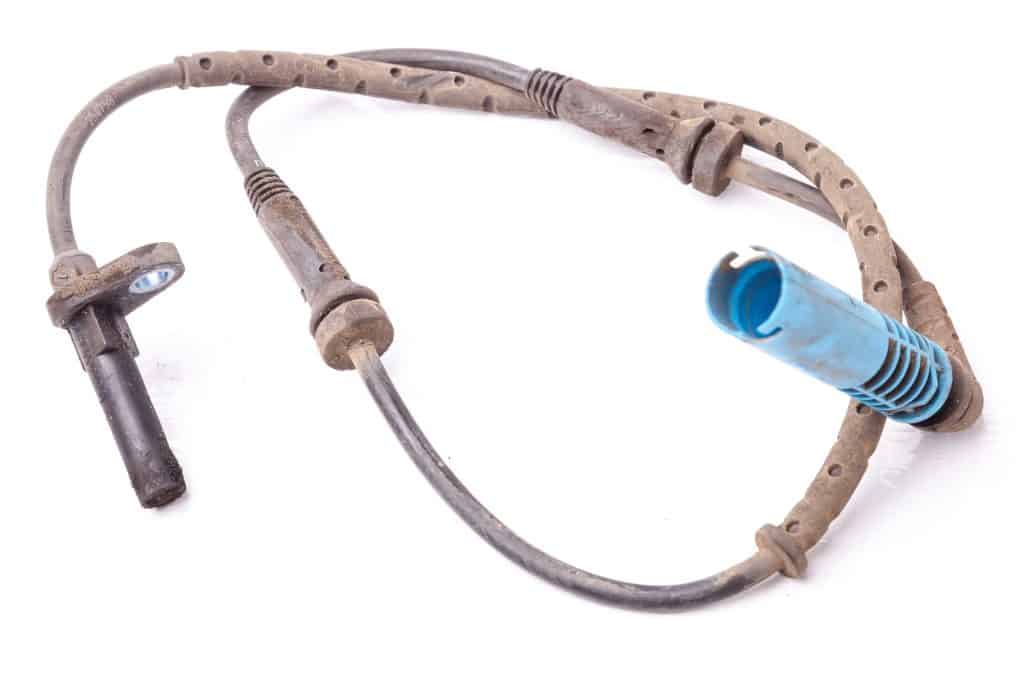
It’s also possible for the sensor connector to become damaged or loose over time, resulting in an intermittent connection that can cause the ABS light to come on unexpectedly.
2. Badly Worn Tires
Another very common reason for the ABS light to flash on unexpectedly is because of tires that are nearly worn out or have worn down unevenly. This is a common problem with performance cars and rear-wheel-drive cars that produce a lot of torque when pulling away.
The simple reason for the ABS system activating is lack of grip. When tires are nearly worn out or have worn unevenly (worn more at the sides or middle), they are less effective at gripping the road surface.
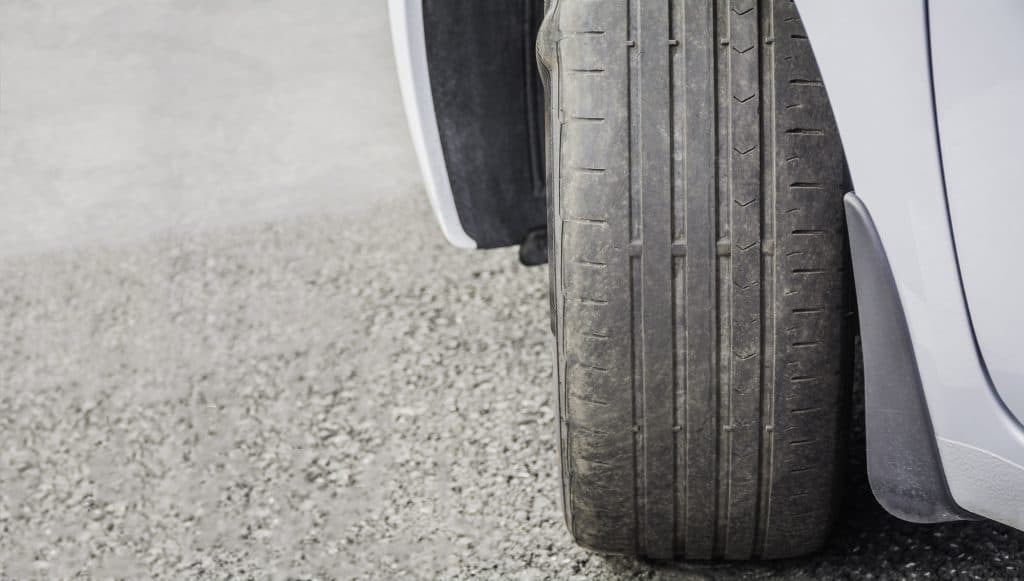
This can cause the tire to slip and this fools the ABS system into thinking that the vehicle is losing control. The ECU will not record any error codes in this case as the ABS system is operating as expected and the fault lies with the tires.
High-performance vehicles and rear-wheel-drive vehicles are more likely to lose grip if the tires are not in good condition. It’s also very common for diesel rear-wheel-drive vehicles to have this problem if the tires are allowed to wear down too low. This is because diesel vehicles can generate a lot of torque, especially in lower gears when pulling away.
3. Bad Wheel Alignment
If the wheels are not properly aligned, this can also trigger the ABS system unnecessarily in certain driving conditions. Again, the ABS system thinks the car is slipping or sliding and is activated to help mediate the apparent danger. The ECU won’t record any error codes but there is obviously a problem that needs fixing.
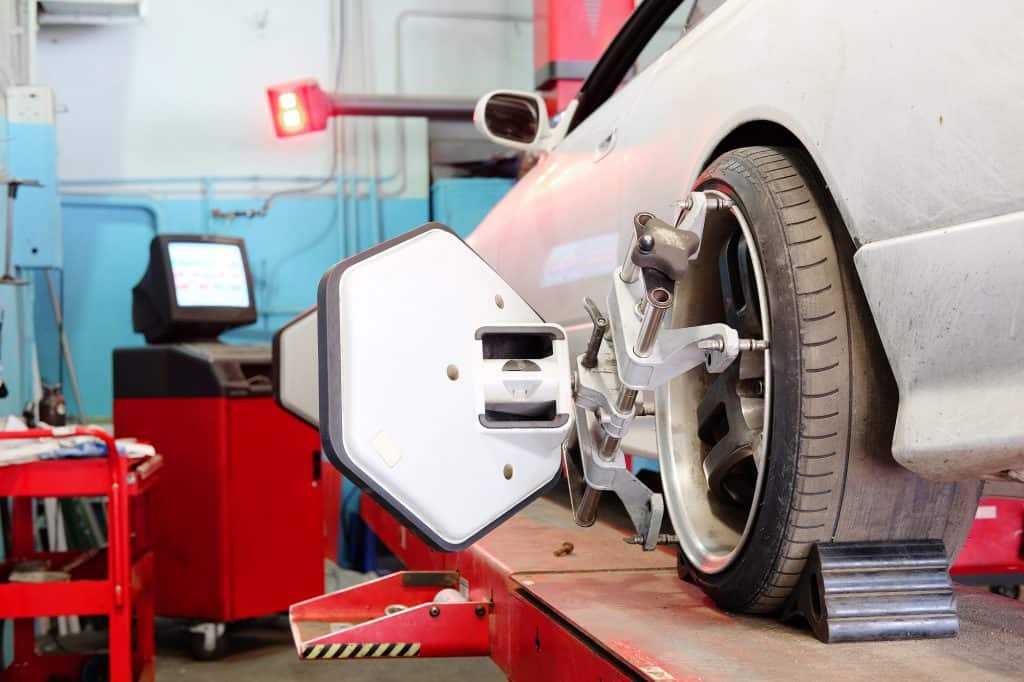
In reality, what is happening is that the tires are temporarily loosing grip because the wheels are out of alignment, which in turn triggers the ABS or traction control.
If new tires are fitted without performing a proper wheel alignment, this problem will reoccur as the tires begin to wear unevenly.
4. Damaged Or Rusted ABS Ring (or Reluctor Ring)
Most ABS systems use a metal ring called an ABS ring or reluctor ring attached to each of the wheel hubs or driveshafts. This ring allows the ABS sensor to calculate the speed of each wheel.
The ABS ring has notches cut in it that modulate the signal being read by the ABS speed sensor. This allows the sensor to figure out the speed of each wheel and to activate the brakes using the ABS or traction control system if a wheel is going too fast or slow compared to the other wheels.
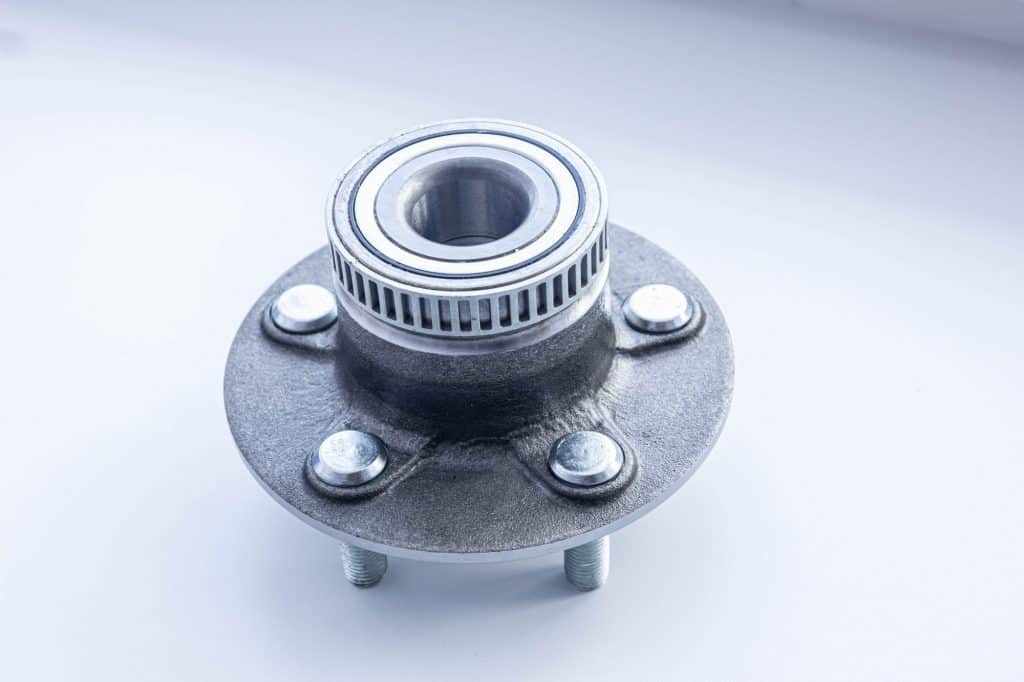
Sometimes the ABS ring can rust and start to swell, or dirt can become trapped in the cutouts. A damaged ABS ring will mess with the signal that the ABS speed sensor is sensing. This will then cause the ABS light to come on when it is not supposed to.
The sensing tip of each ABS sensor located at each wheel hub is situated a few millimetres from the ABS ring that it is associated with. If the ABS ring rusts and swells it can actually start to rub against the ABS sensor and damage it . This can also cause the ABS light to come on but may not trigger an error code until the sensor is completely broken.
5. Intermittent ABS Speed Sensor Fault
As previously mentioned, the ABS speed sensors are exposed to all sorts of bad weather and driving conditions that most other sensors are protected from. This makes them much more likely to fail over time, resulting in a problem with the ABS system and the ABS light on the dashboard.
It’s not uncommon for ABS sensors to start registering false readings as they begin to fail. This will often cause the ABS system to become activated when it’s not necessary. To begin with, this will not be registered as an error code with the ECU as the sensor is still functioning, albeit incorrectly.
Once you start to get false ABS sensor readings, it may take a few weeks for the sensor to fully fail. The ECU may not register the sensor fault until the sensor fails entirely, so you may not see any error codes until then.
6. Bad Wheel Bearing
You may think that wheel bearings have nothing to do with the ABS or traction control system. However, a bad wheel bearing can play havoc with ABS sensors.
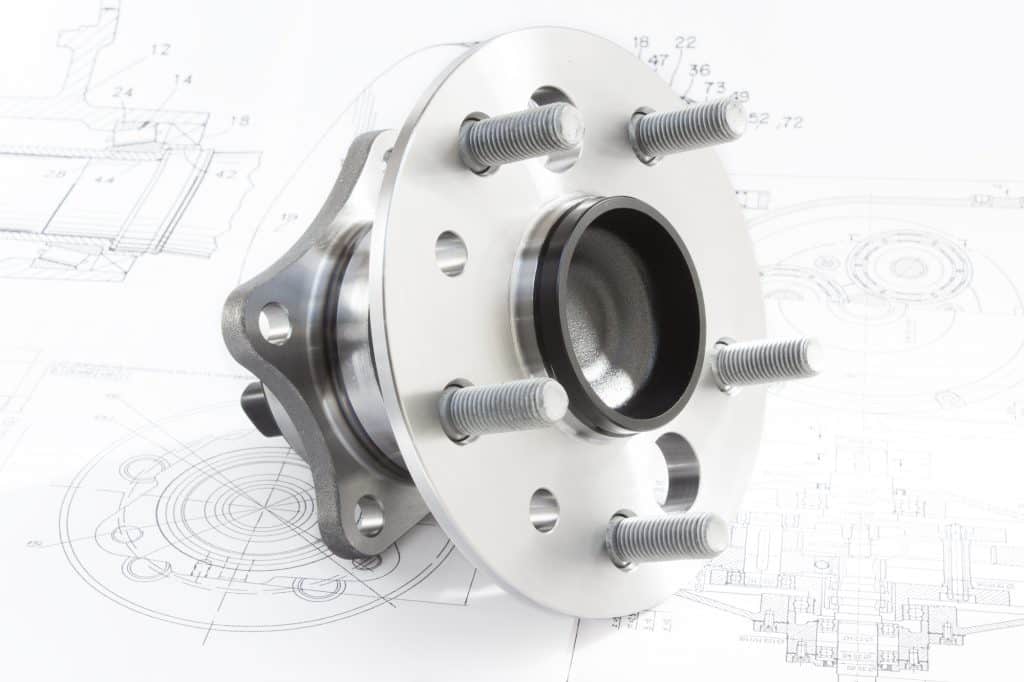
Wheel bearings can fail for a number of reasons, but most of the time failure is due to wear and tear, loss of lubricant from inside the bearing and rust buildup. As a wheel bearing starts to fail, it may start to wobble or rotate unevenly. This can affect the ABS sensor in two ways.
Firstly, the wobble or extra movement in the bearing can physically damage the ABS sensor. Most ABS sensors are fitted to the hub near the back of the wheel bearing. It’s important that the ABS sensor is kept firmly in position so that it is protected from damage and can take an accurate reading when the wheel is rotating. If the bearing allows the hub to move around more than it should, then this can damage the sensor or stop it from precisely reading the rotation of the ABS ring.
The second way an ABS sensor can be affected by a bad wheel bearing is by damage caused by leaking lubricant and rust build up. The ABS sensor needs to stay clean to work properly. Sometimes a leaking wheel bearing can contaminate the ABS sensor and cause the ABS light to flash on and off unexpectedly.
Next Steps
It can be difficult to find the cause of the ABS light coming on if there are no error codes that point to a problem with a particular ABS sensor.
If the light comes on every time you drive the car, then you’ll need to get to the bottom of the problem sooner rather than later.
- Start by checking the condition of the tires and get the wheel alignment checked out by a mechanic or tire shop.
- If the wheels and tires are ok, then check each ABS speed sensor for damage to the wiring or a loose connection at the connector block. You should also remove each sensor tip from each wheel hub and ensure that it is clean and free from rust or dirt.
- Check each of the wheel bearings for excessive movement or strange noises when the wheel rotates. Read our article on the symptoms of a bad wheel bearing if you are not sure what a bad wheel bearing looks of sounds like.
- If possible, check the ABS ring or reluctor ring for each wheel. These can be difficult to access, you may have to remove a wheel hub or driveshaft to carry out a proper inspection. If you don’t have the tools to remove the hub, start by removing the ABS speed sensor. If you shine a torch into the sensor hole you should be able to see the surface of the ABS reluctor ring. If it looks overly dirty or rusty then this may be the problem.
- If the above steps fail to give resolve the problem, try taking the vehicle to a main dealership. Most modern cars have a separate ABS module fitted that stores OBD error codes if there is a problem. Some cheaper diagnostic equipment (like the OBD II handheld devices you may use at home) can’t access these error codes. A dealership or suitably equipped mechanic may be able to see stored OBD error codes that you can’t.




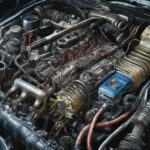
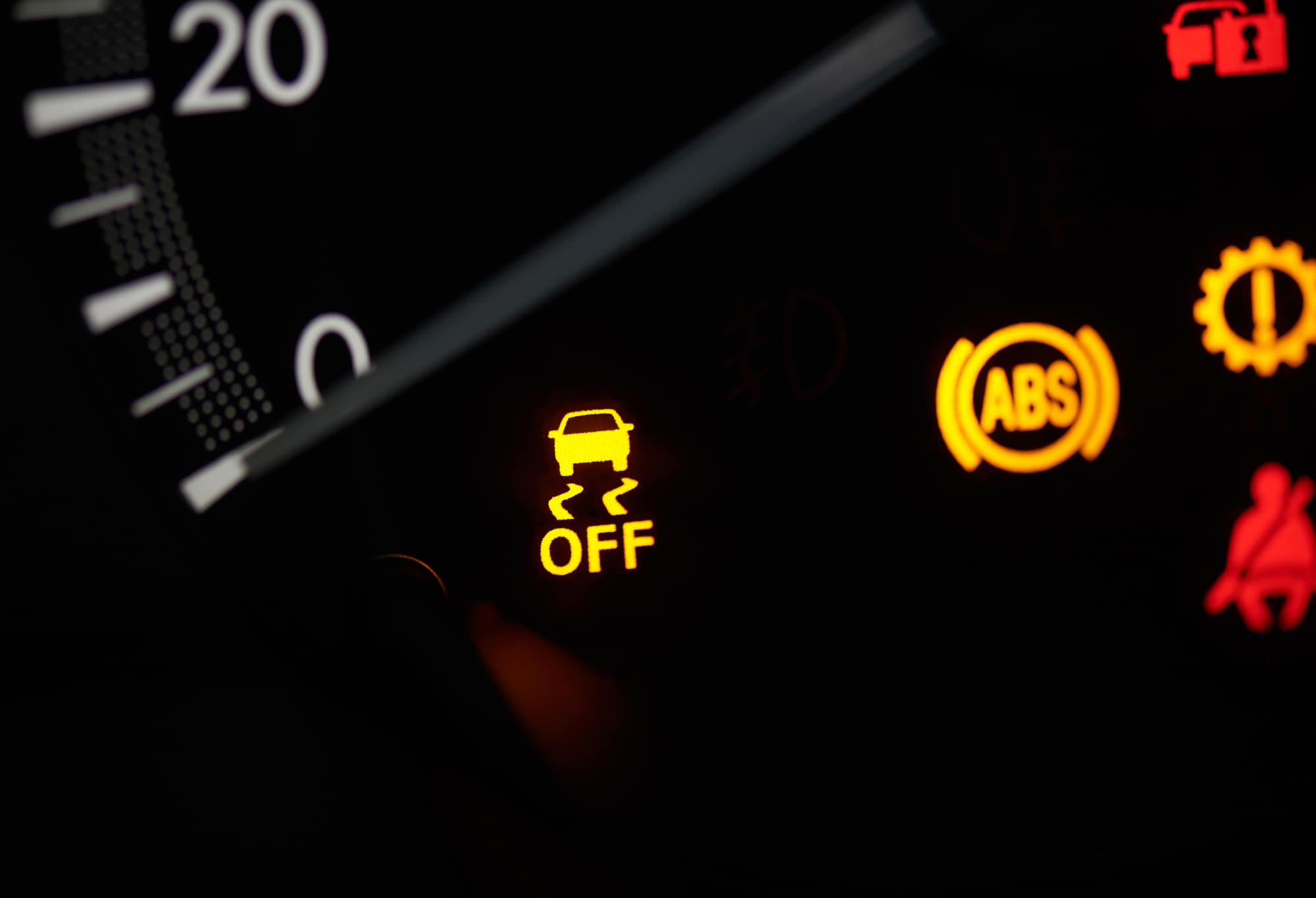

I recently installed new tires on my car, but now my ABS light has started coming on intermittently while driving, even when the road conditions are good and I’m not braking hard. Could the new tires be related to this issue, and what should I check first to diagnose the problem?
I recently bought a used car, and the ABS light keeps turning on sporadically but there are no error codes showing up when I check. How can I start troubleshooting this by myself before taking it to a mechanic?